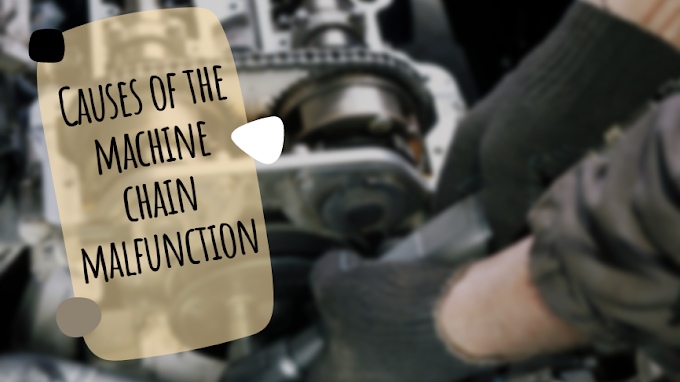Causes of a car horn malfunction and indications of its failure
The horn is an important part of the car; Because it is used as an audio indicator that is easy for drivers of nearby cars to hear when they want to go to a specific place deliberately or suddenly, as its principle of work depends on the presence of buttons and switches inside the steering wheel that make a sound when pressed.
and its malfunctions cause sound problems in it that may appear in the form of the disappearance of his voice, or its issuance to a weak degree, or its issuance randomly and continuously, which may cause serious accidents.
so in this article, we will present indications of malfunctions in the horns, their causes, the way to deal with them, and their types.
 |
| Causes of a car horn malfunction |
Horn failure indicators
The following things indicate that there is a problem with the horn and the need to fix it, and they are as follows:
1. Change the sound of the horn bell
A change in the pitch of the beep or a fluctuation in the volume when pressed indicates a problem with it.
2. Low beep
A malfunction of the horn or one of its parts causes its sound to be significantly reduced, and it must be replaced.
3. The horn stops working
There are many faults in the horn parts or in its electrical circuits that lead to its inability to emit a sound, so it should be inspected and repaired.
Causes of the car horn malfunctioning
A failure of one of the following parts of the horn causes problems with it:
1. Fuse valve combustion
The horn relies on electrical energy passing through the valve to produce sound, so an electrical short circuit in the valve and its combustion in the event of passing a current greater than its capacity leads to a malfunction in the horn. New valve in the same color to fix the problem.
2. Relay combustion
The relay is the electrical circuit in the horn, and its combustion leads to a sound failure, and its location can be found using the vehicle's instruction booklet to change it.
3. Contamination of the wire connection
Dirt accumulates in the connections between the wires, and this problem can be fixed by removing the dirt and reinstalling it.
4. Horn malfunction
Failure of the beep causes more current to be drawn from the valve capacity, causing it to burn out, so it must be changed to avoid burning the valve as well.
5. Faulty horn switch
It is the key that the driver presses on the steering wheel to emit a beeping sound, and it is recommended to seek the assistance of specialists to change it; Because the place next to it contains sensitive parts such as an airbag.
6. Airbag damage
The expansion of the airbag inside the steering wheel affects the work of the horn and its sound, and a problem can be found in it if its signal appears on the dashboard.
7. Wear of valve internal parts
The friction of the hot electrical wires (through which the current passes) against the valve body causes the insulation and grounding materials to wear out, which will cause the valve to burn out.
8. Clock Spring problem
It is the part located directly behind the steering wheel surface that maintains the contact of the horn wires and the airbags while the steering wheel is turning, so it should be replaced in case of a problem with it to avoid disconnecting the wires.
9. No contact of horn wires
The horn is based on two wires; One of them supplies it with power, and the other is for grounding or discharging excess power, so this problem appears when one of them breaks or disconnects, which causes an open circuit in the horn, so it must be ensured that they are connected inside it to solve this problem.
10. Ineffective contact of the horn wires
This problem occurs if the connections are loose or rusted around the horn body, which will open the electric circuit, or create high electrical resistance to any amount of electric current that passes through it, and then those connections must be changed.
Types of horns
The horns used in cars are divided into two main types as follows:
1. Pneumatic horn
They are the horns that depend on the movement of air inside their tubes, which the pump enters, to emit a sound when these tubes vibrate when air passes through them. These horns are used in old cars, but they need a programmed relay and electromagnetic wires to be responsible for controlling this system.
2. Electromagnetic horns
These horns emit their sound based on the vibration of a membrane located above their disks. These horns are divided into several types according to the design of these disks as follows:
- Of the Zaomir class (Plates): This Zwamir contains several disks that may be spaced or contiguous space.
- Volutes: These are characterized by a curved, spiral shape with an outward opening, characterized by their ability to emit a loud and clear sound, and their large size.
- Trumpet: These are spiral-shaped horns, but their rings are longer and more elongated, and they are weaker in sound than their predecessors.






